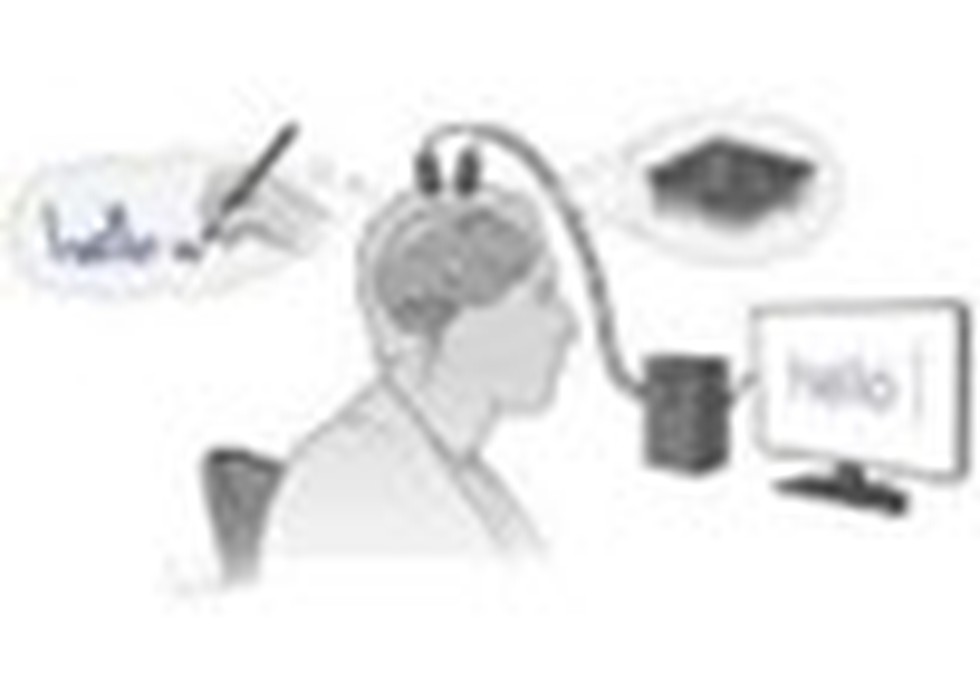About Brain-computer interface device:
- This device is capable of decoding brain activity into speech faster, more accurately and covering larger vocabulary than existing technologies.
- People with neurological disorders, including brainstem stroke or amyotrophic lateral sclerosis, often face speech loss due to paralysis of muscles.
- Previous studies have shown that it is possible to decode speech from the brain activities of a person with paralysis, but only in the form of text and with limited speed, accuracy and vocabulary.
- Researchers demonstrated a BCI that collects the neural activity of single cells with an array of fine electrodes inserted into the brain and trained an artificial neural network to decode intended vocalisations.
- With the help of the device, a patient with amyotrophic lateral sclerosis was able to communicate at an average rate of 62 words per minute, which is 3.4 times.
- This BCI decodes brain signals to generate three outputs simultaneously: text, audible speech and a speaking avatar.
What is amyotrophic lateral sclerosis?
- It is a neurodegenerative disease in which special nerve cells called motor neurons in the brain and spine, which control an individual’s voluntary functions like walking, chewing, talking, and moving their arms- are affected.
- It’s also known as Lou Gehrig’s disease.
- As these nerve cells progressively die, the muscles dependent on them are unable to function or move, due to which they begin to atrophy or waste away.
